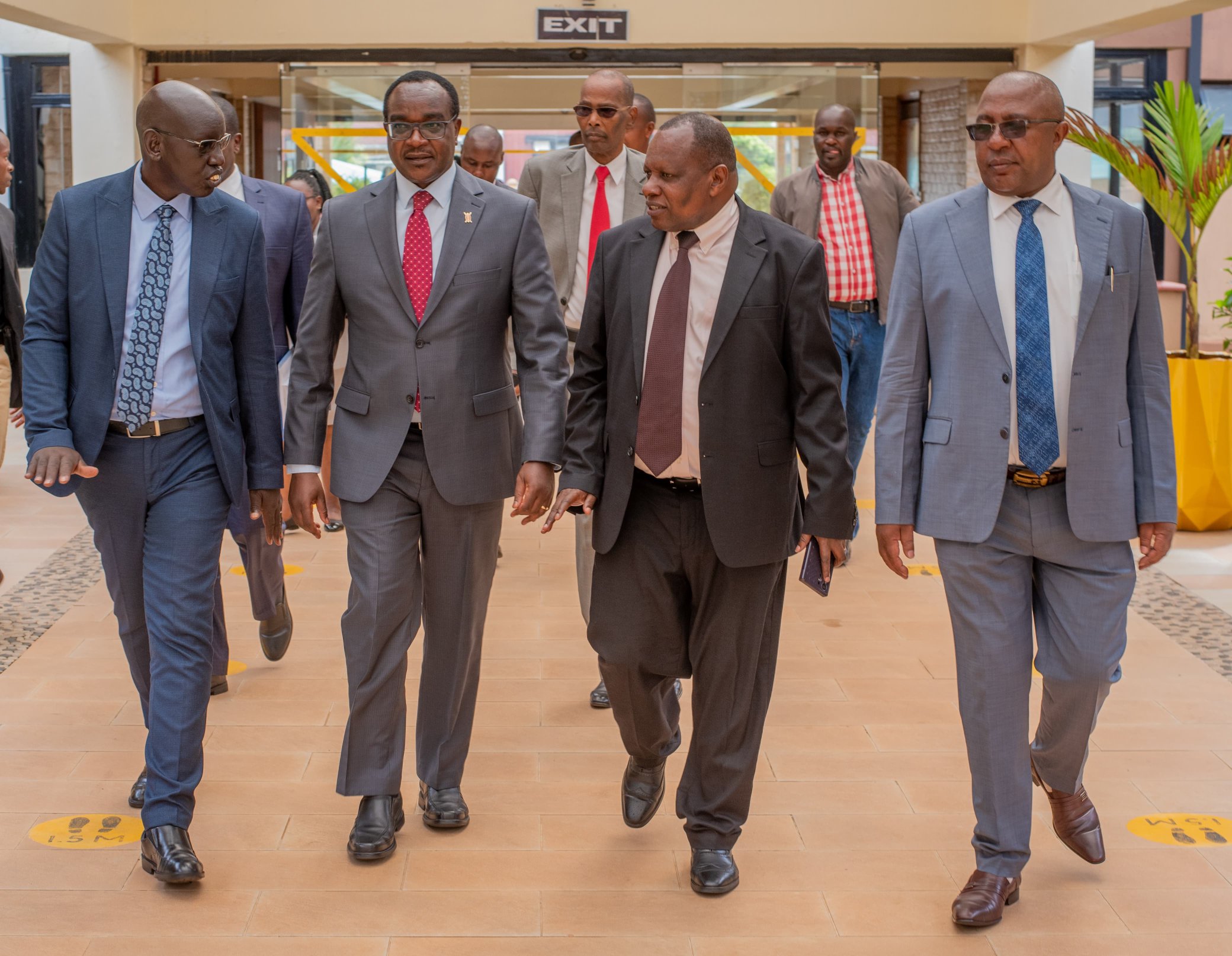By The Weekly Vision Team
The Kenya Secondary Schools Heads Association (KESSHA) has sounded a dire warning: Kenya’s secondary education system faces imminent collapse due to chronic underfunding. This crisis threatens the quality of education for millions of young Kenyans, jeopardising fears for the nation’s future.
At the heart of the issue is a severe financial shortfall crippling secondary schools nationwide. KESSHA’s national chair, Willie Kuria, has underscored the urgency: “Schools are grappling with a financial crisis that demands immediate attention.” The root cause lies in delayed and insufficient government capitation disbursements, which are vital for school operations. This year alone, the government has failed to remit KSh 18.6 billion for the first and second terms. Promises of funding have largely gone unfulfilled, with schools receiving only a fraction of the required amounts. In the first term, schools were allocated just KSh 8,818 per student instead of the necessary KSh 11,700.
The second term saw an even greater shortfall, with only KSh 3,472 disbursed per student, leaving a deficit of KSh 3,202. This represents the worst funding pattern in four years, severely impacting the longest academic term. The capitation system, designed to ensure equitable access to education, allocates KSh 22,144 per student annually, a figure unchanged since 2008. However, inflation, rising utility costs, and escalating prices for goods and services have rendered this amount inadequate.
Of this sum, a significant portion is retained by the Ministry of Education for infrastructure, leaving schools with approximately KSh 10,000 per student for operational costs. This is insufficient to cover essentials such as salaries, food, and teaching materials. The consequences are profound.
Many schools have reduced staff or dismissed Board of Management teachers due to financial constraints. Day schools and special-needs institutions, heavily reliant on government funding, are particularly affected, with some barely functioning. Feeding students has become a logistical challenge, with schools rationing supplies or seeking parental support. Basic resources, including textbooks, are in short supply, compromising educational quality.
The ramifications extend beyond the classroom. Without urgent intervention, the decline in education standards could have catastrophic long-term effects on Kenya’s development. KESSHA has proposed a cost-sharing model involving parents and the government, but this is unsustainable given the economic pressures families already face. Parents cannot be expected to bear the full burden of funding education.
The government must act decisively to honour its commitment to secondary education. This includes disbursing funds promptly and in full, revising the outdated capitation amount to reflect current economic realities, and implementing a transparent allocation system. Education is the cornerstone of national progress, and underfunding it risks stunting the potential of an entire generation. All stakeholders, the government, parents, teachers, and the private sector, must collaborate to avert this crisis.
The government should lead by ensuring adequate funding and exploring innovative solutions, such as public-private partnerships. Parents, while supportive, cannot bridge the funding gap alone. Community-driven initiatives could also alleviate the strain on schools. Kenya has made strides in expanding access to education, but quality must now take precedence. The future of the nation’s youth, and, by extension, the country, depends on the education they receive today. Failure to act risks undermining decades of progress.





